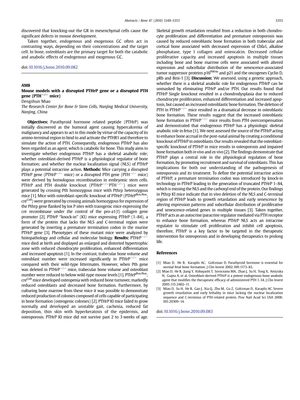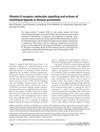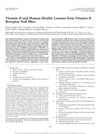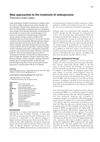Mouse Models with a Disrupted PTHrP Gene or a Disrupted PTH Gene (PTH−/− Mice)
October 2010
in “
Bone
”

TLDR PTHrP is important for bone formation and may be targeted for osteoporosis treatment and longevity therapies.
The study investigated the role of endogenous Parathyroid hormone related peptide (PTHrP) in bone formation by using various genetically modified mouse models. PTHrP knockout mice (PTHrP-/-) died at birth with skeletal abnormalities, but showed increased osteoblastic bone formation, suggesting PTHrP has a catabolic role in bone. However, when PTH gene was also deleted in these mice, bone formation decreased below wild-type levels, indicating that the increased bone formation in PTHrP-/- mice was due to PTH overcompensation. Osteoblast-specific PTHrP knockout mice developed osteoporosis and reduced bone formation, demonstrating that PTHrP is crucial for bone accrual postnatally. Additionally, PTHrP "knock-in" mice lacking the nuclear localization signal (NLS) and C-terminal region suffered from growth retardation and early senescence, with altered gene expression related to proliferation and senescence. These results suggest that PTHrP acts as an autocrine/paracrine regulator of bone formation via the PTH receptor, while the NLS of PTHrP has an intracrine role in stimulating cell proliferation and inhibiting apoptosis. Therefore, PTHrP is a key target for osteoporosis treatment and potentially for therapies aimed at prolonging life.



